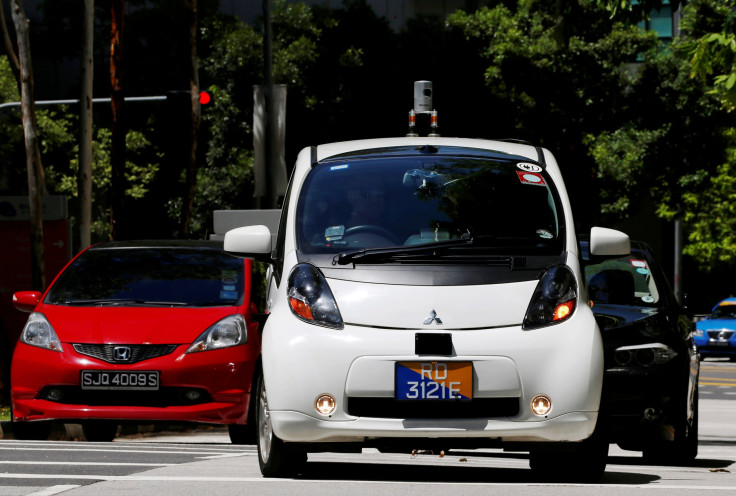Self-Driving Guidelines Issued: Will Help Make Roads Safer With Fewer Fatalities

Self-Driving laws for both individuals and businesses were passed by the National Highway Traffic Safety Administration (NHTSA) and the Department of Transportation (DOT) on Tuesday. According to NHTSA, 94 percent of serious car accidents occur due to human error.
The new guidelines are expected to also support the transition from semi-autonomous cars to fully autonomous ones. Self-driving cars range from Level 1 - semi-autonomous to Level 5 - fully autonomous cars.
"The new Guidance supports further development of this important new technology, which has the potential to change the way we travel and how we deliver goods and services. The safe deployment of automated vehicle technologies means we can look forward to a future with fewer traffic fatalities and increased mobility for all Americans," said U.S. Transportation Secretary Elaine L. Chao in a statement on the NHTSA website.
The new guidelines are expected to make testing self-driving cars across the U.S. easy. It will focus on three categories — conditional assistance, high assistance and fully automated self-driving.
The authority calls it ‘A vision for safety: 2.0.’
The guidelines also take away unnecessary design restrictions, which will be a relief for many auto and tech companies including Apple and Tesla, which had protested against the proposed self-driving rules by the State of California in April.
These rules called for weight restrictions and design restrictions on self-driven cars, which these companies had said, will stifle innovation.
It will also give lawmakers an avenue to keep up with the developments in technology — NHTSA and DOT are already planning a ‘Vision for Safety 3.0.’
The Level 5 self-driven cars are expected to have features such as:
Forward Collision Warning: Sensors will detect and warn the car’s systems of a potential collision and help minimize loss of life.
Automatic Emergency Braking: In case of an imminent collision, the car’s systems will apply brakes automatically.
Pedestrian Automatic Emergency Braking: The cars' sensors will especially detect pedestrians and warn the human driver inside, along with the car’s systems and brakes will be automatically applied to ensure the pedestrians’ safety.
Adaptive Lighting: The car’s headlights will automatically switch to a lower beam as an oncoming vehicle approaches. Once it passes, high beam will automatically be switched on.
Self-driving legislation has been requested by many tech companies and auto companies for long, but it seems that the Government got into action only post lobbying efforts by a lobbying organization called the “Self-Driving Coalition for Safer Streets,” which is funded by Waymo, Uber, Lyft, Ford and Volvo.
Tech and auto companies are financing lobbying efforts for both Republicans and Democrats in order to get self-driven cars on the road as soon as possible. “Companies are pouring significant money into lobbying efforts for both sides, so I think you are seeing this influence in how quickly these bills are being pushed through,” Missy Cummings, head of Duke University’s Humans and Autonomy Laboratory, told The Verge in July.
Companies largely invested in the technology such as Tesla, believe that fully self-driven cars will hit American roads by 2021.
It remains to be seen when the vision is actually realized.
© Copyright IBTimes 2024. All rights reserved.





















